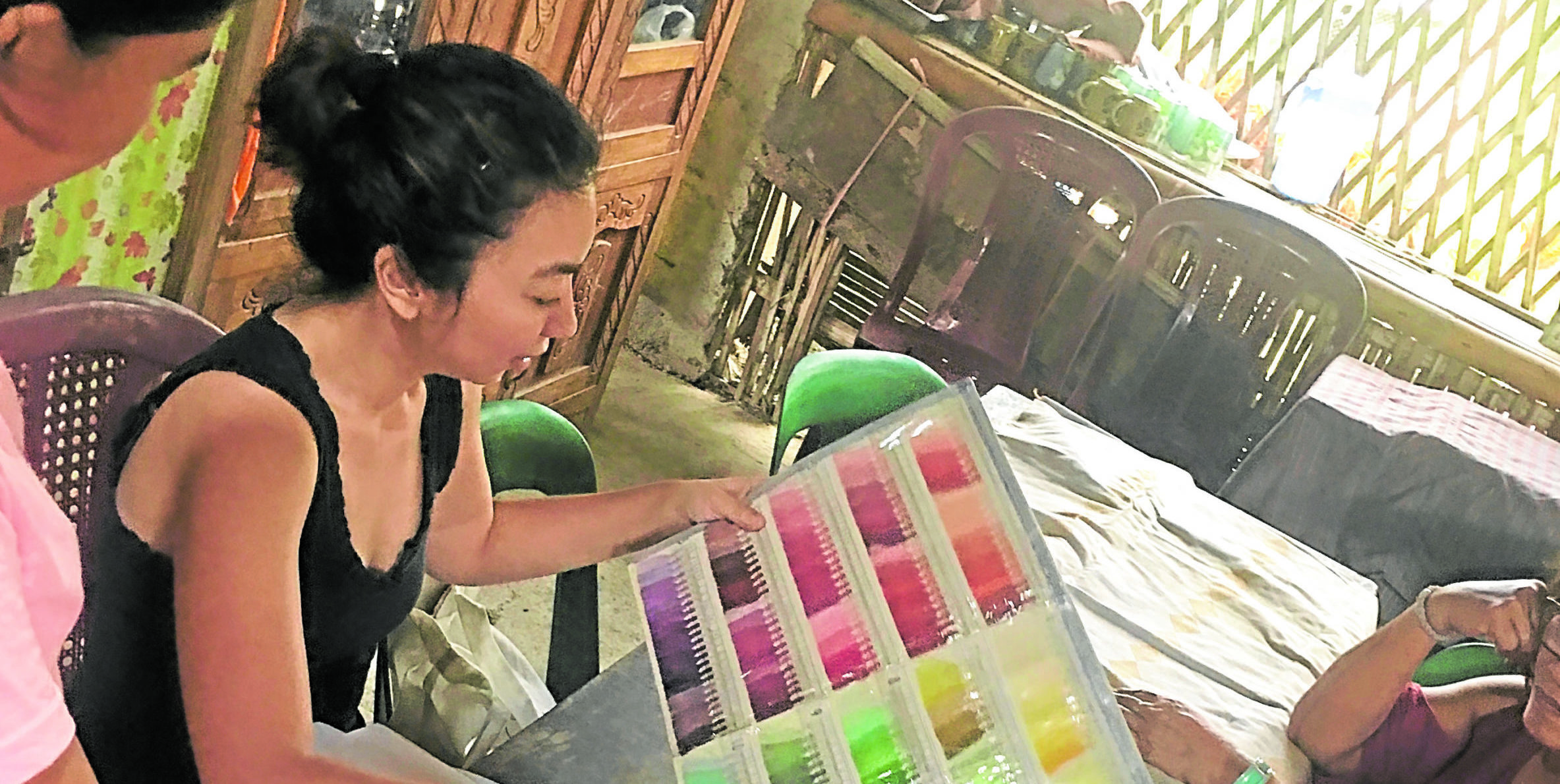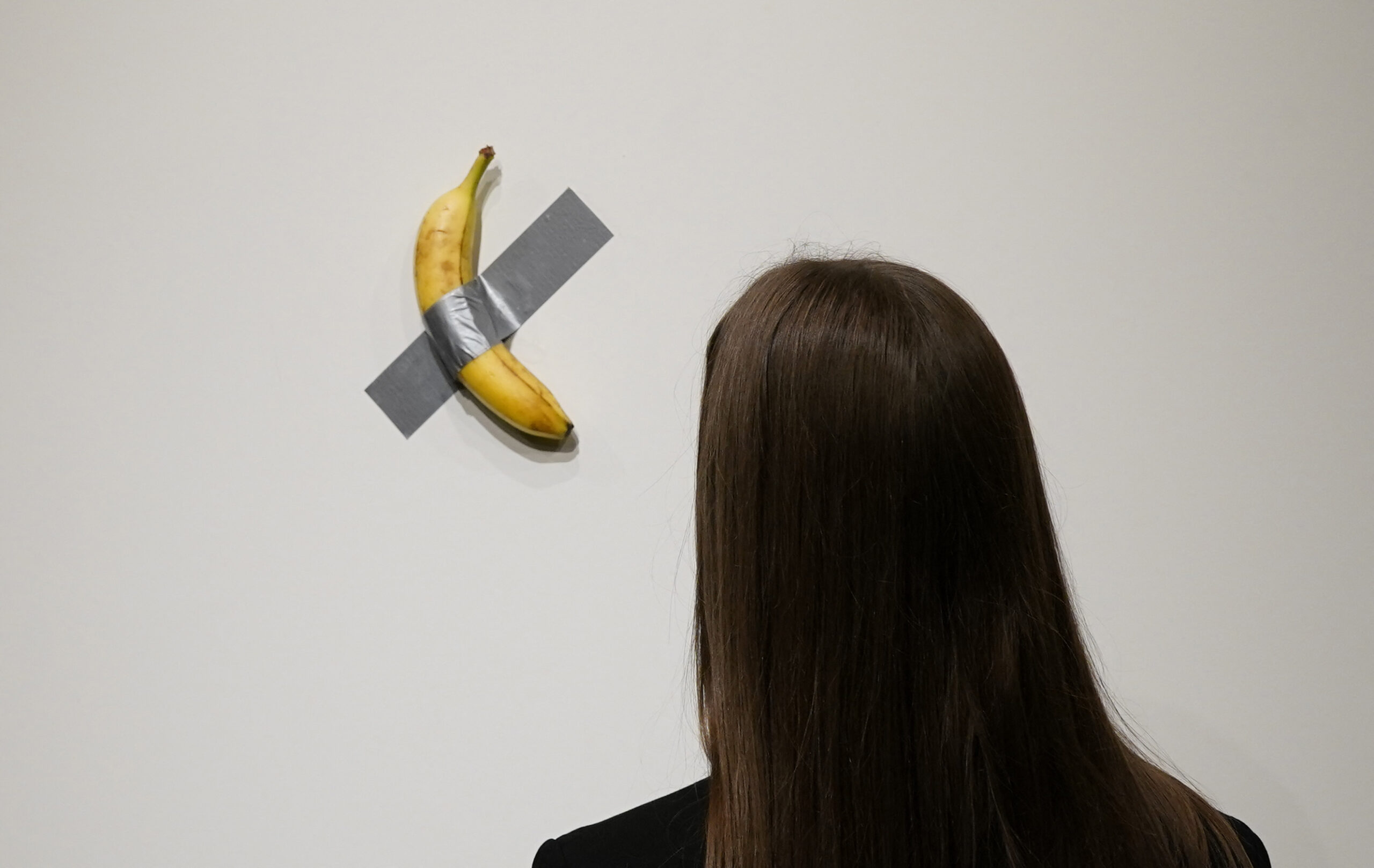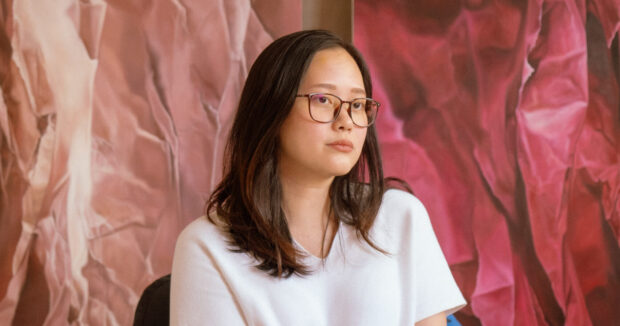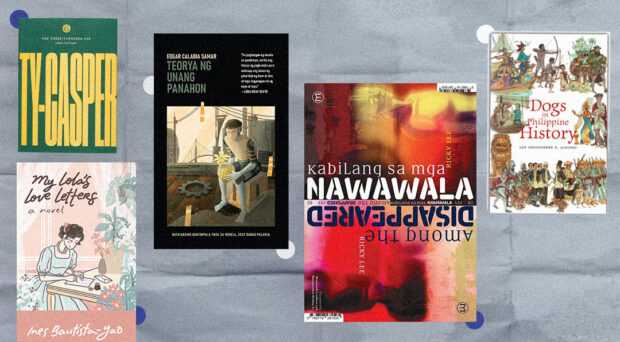In January, the Inquirer reported that machine-made replicas of Cordillera-woven blankets and garments coming from China have flooded local markets in Baguio. With local weavers demanding protection, lawmakers initiated an inquiry into the counterfeiting of indigenous weaves—a lingering issue that may have massive effects on the livelihood and heritage of many of our countrymen.
The production of textiles, garments and woven products is an industry that rakes in billions for the country. Over the years, designers and suppliers have teamed up with local weavers to create products that have made it into the mainstream market. Some of these designs have even attained international recognition.
As Gabbie Sarenas, a fashion designer who works closely with indigenous communities, says, “Indigenous designs have gradually gained world-class recognition over the years, making them more and more in-demand to retail giants.”
In turn, this success has been key to providing employment to local communities across the country.

The Bukidnon community in Negros is one such group that benefits from the rising popularity of indigenous designs and products.
According to Jennelyn Largado, the Indigenous Peoples Mandatory representative of Kabankalan City, livelihood opportunities have increased in the Bukidnon community since its female members started to commercially sell their pandan products.
She explains that the income generated from the pandan weaving industry has gone a long way in sustaining the needs of families, many of whom are heavily reliant on farming. As such, she worries that the sale of low-cost replicas, similar to those in Baguio, could spread in their area and hurt the local industry.
Fake products
The spread of fake products could do even greater harm to the heritage of indigenous peoples. Some local weavers use techniques that have been passed on from one generation to another.
For instance, the process of harvesting, boiling, stripping and drying pandan leaves, so they can be woven into mats, bayong and storage boxes, is a skill that the Bukidnons learned from their ancestors. Imitating the look of the intricately woven pandan products using synthetic materials may amount to cultural appropriation and intellectual property theft.
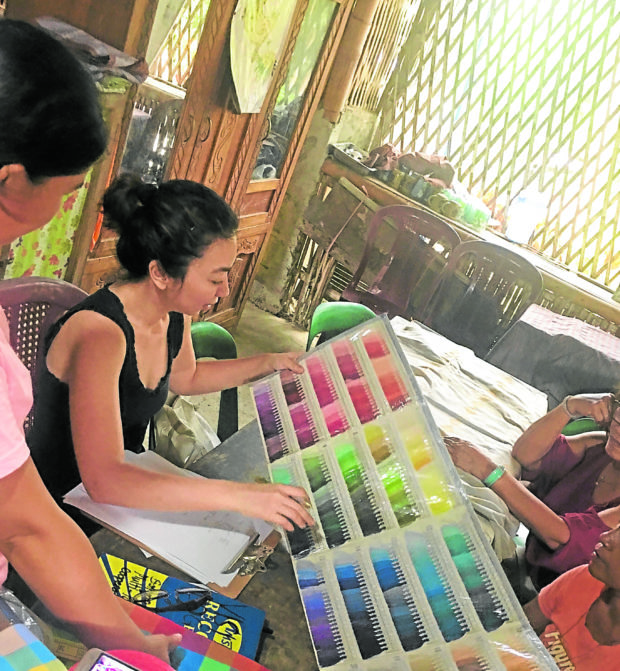
Notably, many other groups in the country have rich weaving cultures. To name a few, we have the hablon weavers of Iloilo, known for sewing geometric patterns into garments such as the sablay, the official academic garment of the University of the Philippines; the Maranao weavers of Lanao del Sur who are recognized for their elaborate malong; and the T’boli weavers or dream weavers of South Cotabato, who are popular for their sacred cloth, the t’nalak.
The Philippine Constitution guarantees protection to the traditions of our indigenous peoples. The Indigenous Peoples’ Rights Act also mandates the State to preserve and protect the indigenous people’s intellectual property (IP).
Indeed, at first glance, it appears that our laws provide robust protection to our IPs. However, the situation on the ground paints a different picture. A hearing held by the Committee of Creative Industries and Performing Arts of the House of Representatives last March 11 revealed that government agencies were slow to file cases against the counterfeiters in Baguio. It seemed as if factors such as limited funding, confusion with mandates and lack of coordination prevented government actors from seeking genuine accountability for violations of rights associated with traditional knowledge and traditional cultural expressions.
Limitations
The first step toward resolving the counterfeiting issue is to examine how woven designs and products are protected in the country. A woven product is considered a creation of the mind that gives rise to intellectual property, one that is protected under a copyright, utility model or industrial design.
To illustrate, the creator of an original artistic weave could invoke copyright protection to prevent others from copying her product. For weaves that feature indigenous designs, however, the system of protection is more complex. It must take indigenous rights into account.
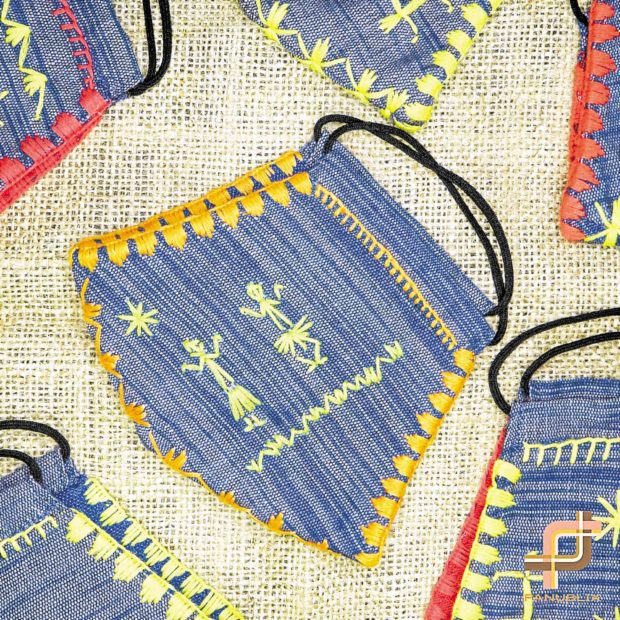
Unlike the more individualistic nature of intellectual property, most indigenous designs form part of the cultural heritage collectively owned by a community. This makes it practically impossible to list a specific individual as its owner. Similarly, most indigenous designs have been in existence for multiple generations, rendering time-bound protective measures ineffective.
For instance, a copyright grants protection only during the lifetime of the creator plus 50 years. An industrial design can be valid for a maximum of 15 years. A utility model lasts up to seven years. Clearly, the current intellectual property system would be insufficient to protect an indigenous design, which has been in existence for hundreds of years.
Furthermore, the technicalities and costs that characterize intellectual property registrations are beyond the means of some indigenous communities. Sarenas laments that some indigenous groups find the protection provided by the law unclear, beyond budget and not a priority. She adds that some groups simply want to earn for their families.
Patents and trademarks
It must be noted that over the years, the government has increased its efforts to protect indigenous products. In 2016, the Intellectual Property Office of the Philippines (IPOPHL) started requiring patent and trademark applicants to disclose any indigenous elements in their applications.
The IPOPHL had also begun issuing geographic indications under collective trademarks. These marks are used to identify products which have earned a reputation for having a specific geographical origin. For example, the T’boli tribe of Lake Sebu was able to register a collective mark that the tribe now uses as an identifier for their authentic t’nalak weaves.
While these efforts deserve recognition, the incident in Baguio shows that stronger government protective measures are still necessary.
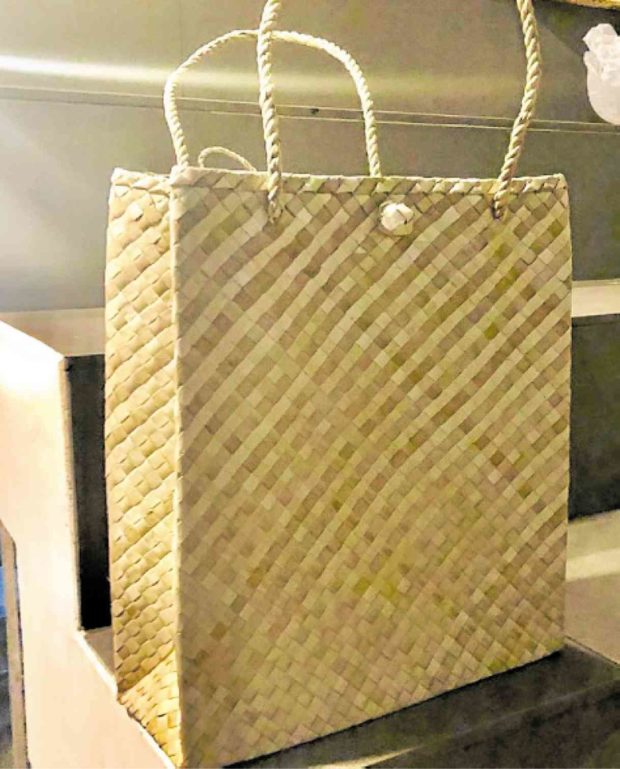
These measures include (1) the clear delineation of roles by agencies tasked with the protection of traditional knowledge, such as the National Commission for Culture and the Arts and the National Commission on Indigenous Peoples; (2) the implementation of tighter border control measures that could screen the entry of fake products more effectively; and (3) the revival of discussions on the establishment of a sui generis or unique system of protection for traditional knowledge and traditional cultural expressions—one that is not stifled by budget constraints, and which is in harmony with our existing intellectual property system.
Supporting our own
As consumers, we may do our share to support our local weaving industry. For one, we could buy products directly from local designers and indigenous weavers.
Noreen Bautista, cofounder of Panublix, a start-up formed in Iloilo to help designers and weavers cope with the pandemic, shares that online platforms have been particularly helpful as they have allowed local sellers to transact with consumers even during the community quarantine.
We can also express our support toward the weaving industry by reporting the sale of counterfeit products through the websites of agencies like
IPOPHL and Department of Trade and Industry. Some popular online shopping sites also allow users to file reports against the web pages of counterfeiters.
In a struggling economy that is dominated by low-cost manufacturing and online selling, the increased proliferation of fake indigenous products and designs is likely. Just recently, it was reported that counterfeit weaves were also spotted in Mindanao.
We need not wait until more communities suffer from the effects of counterfeiting. We need not wait for the government to act more decisively. Let us start expressing our solidarity with local designers and indigenous weavers by buying their products, promoting their designs and reporting sellers who imitate their precious creations.
—CONTRIBUTED INQ
Mario C. Cerilles Jr. is cofounder and managing partner of Cerilles and Fernan Intellectual Property Law (CFIP Law), and senior lecturer at the University of the Philippines College of Law.
Harry Gwynn Omar M. Fernan is cofounder of CFIP Law who holds both Juris Doctor and Bachelor of Science in Applied Physics degrees from UP.

